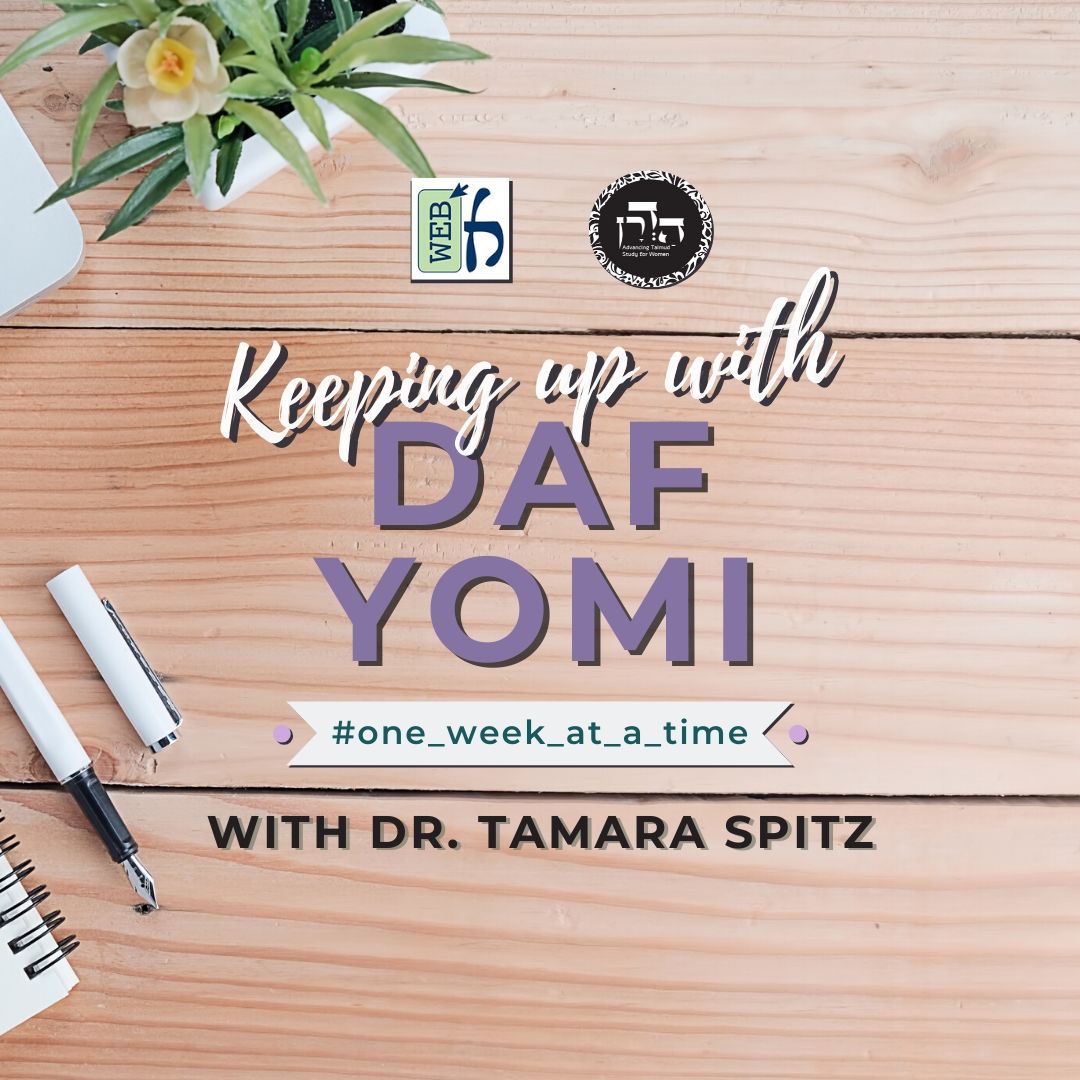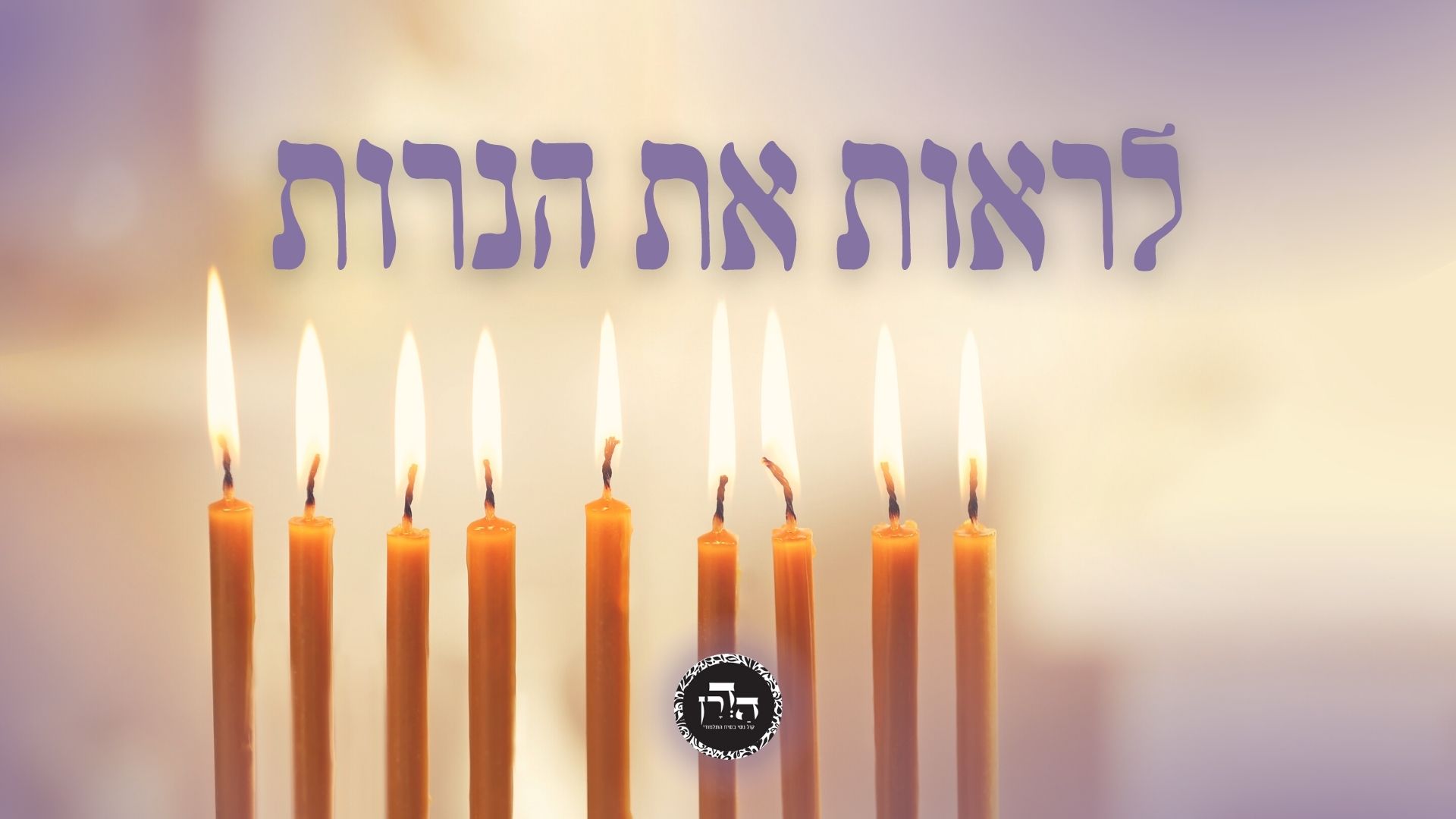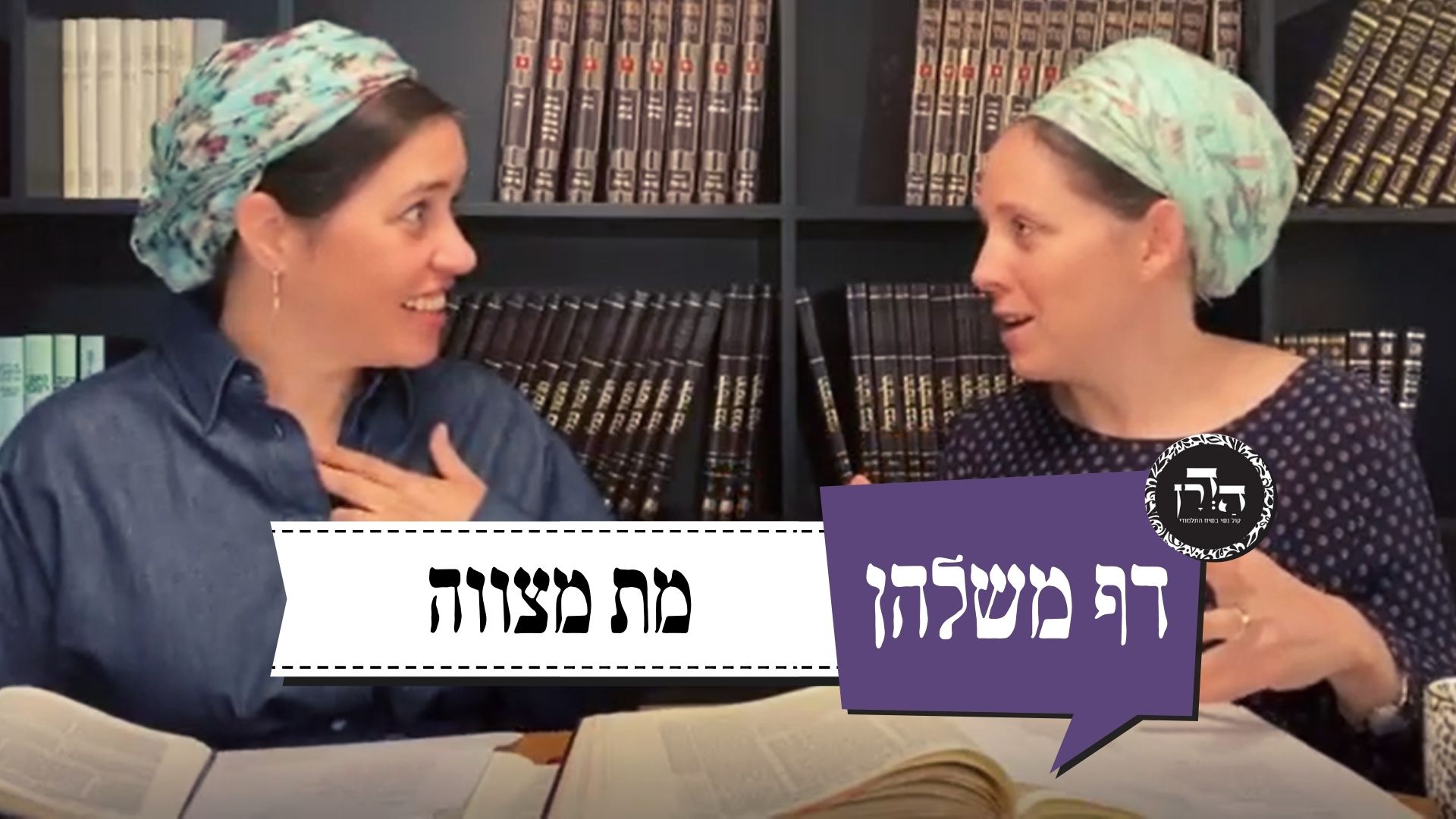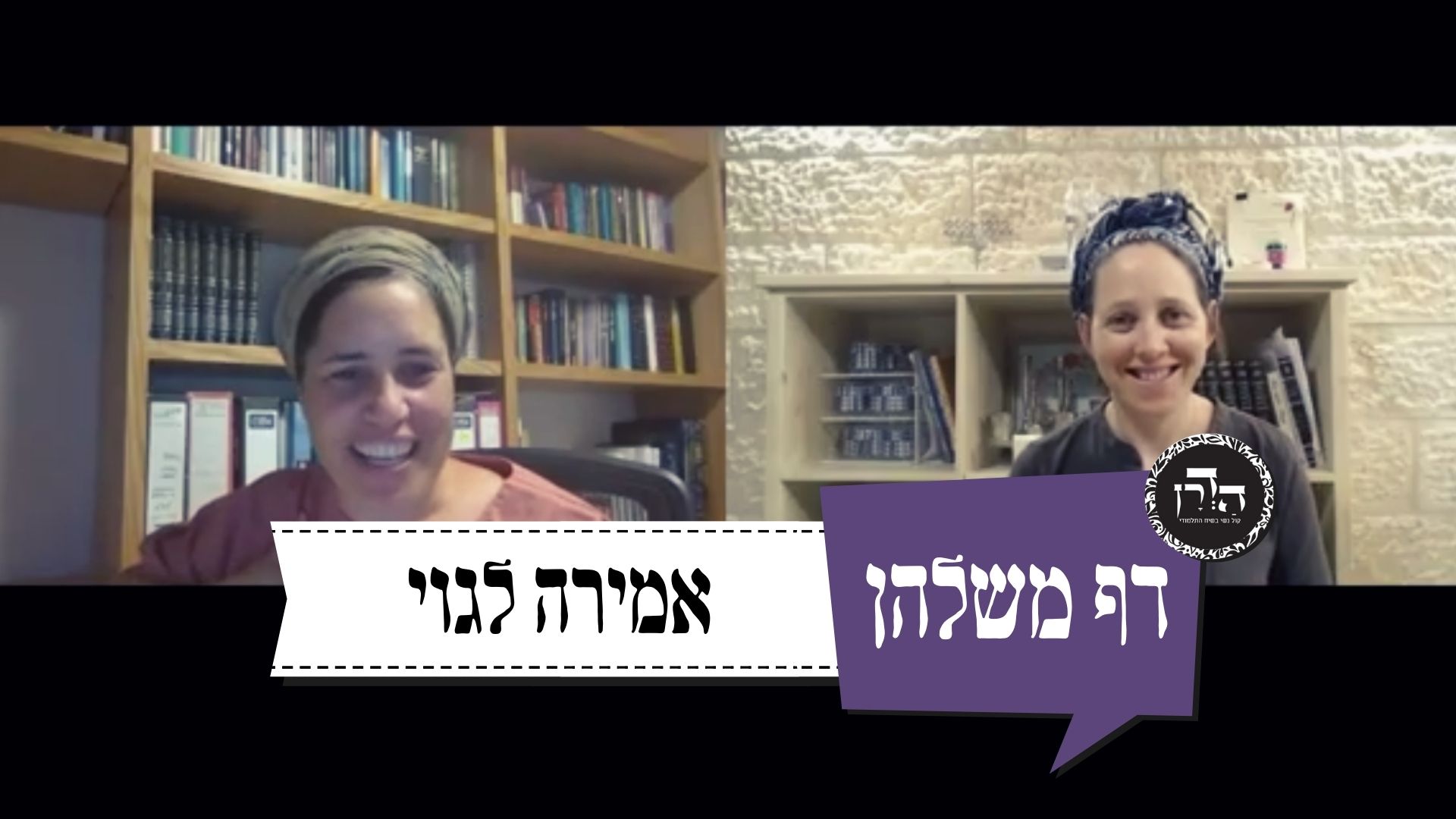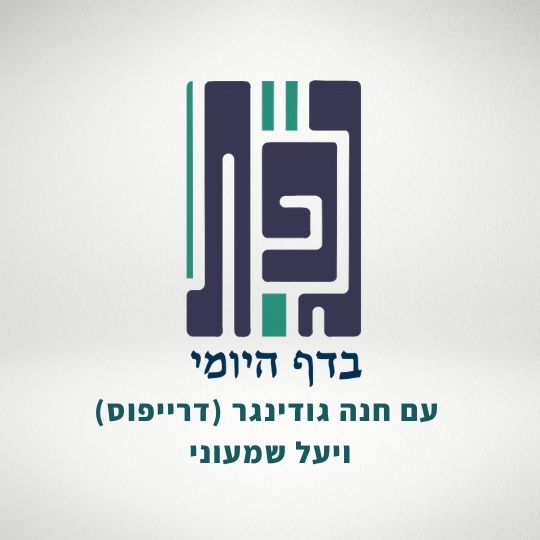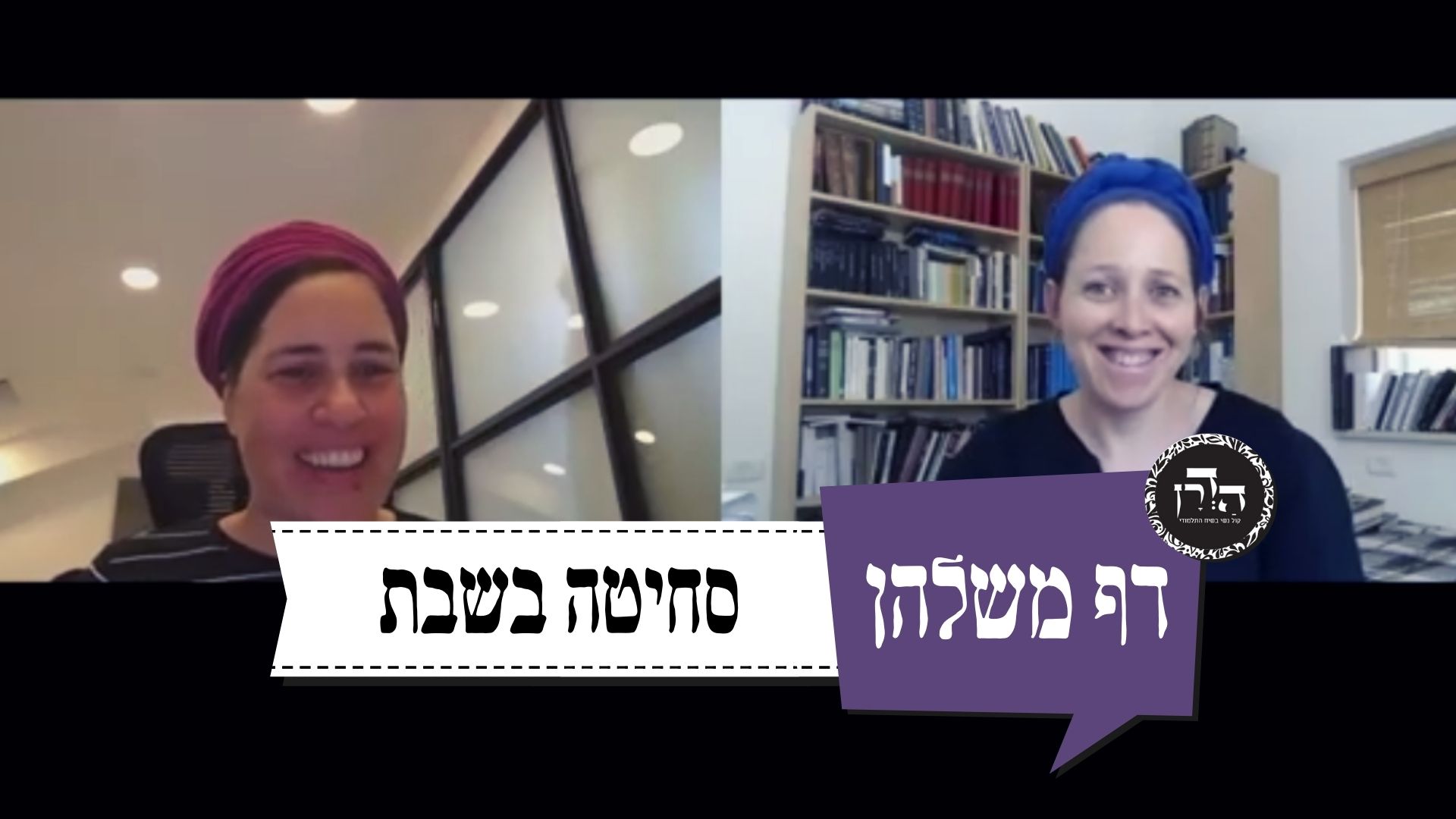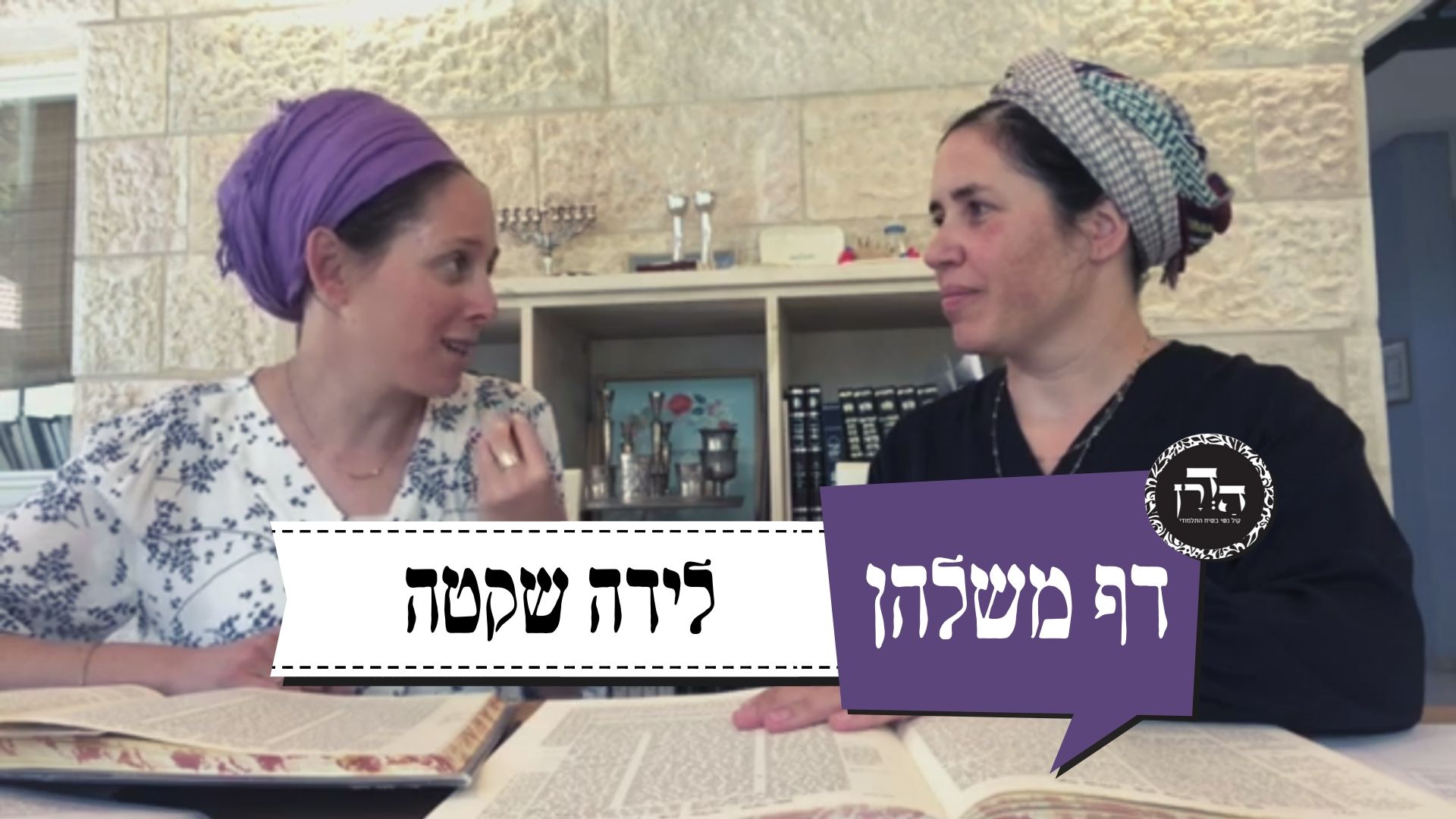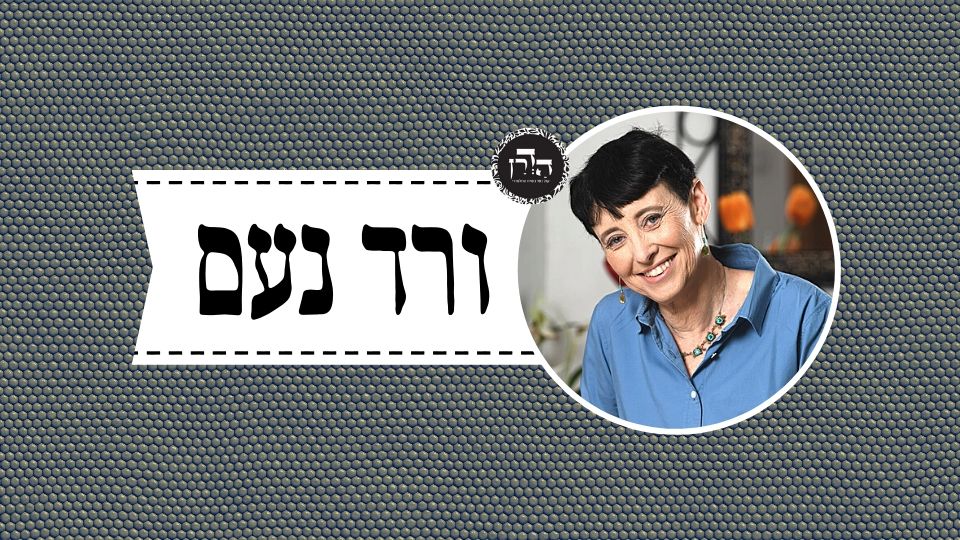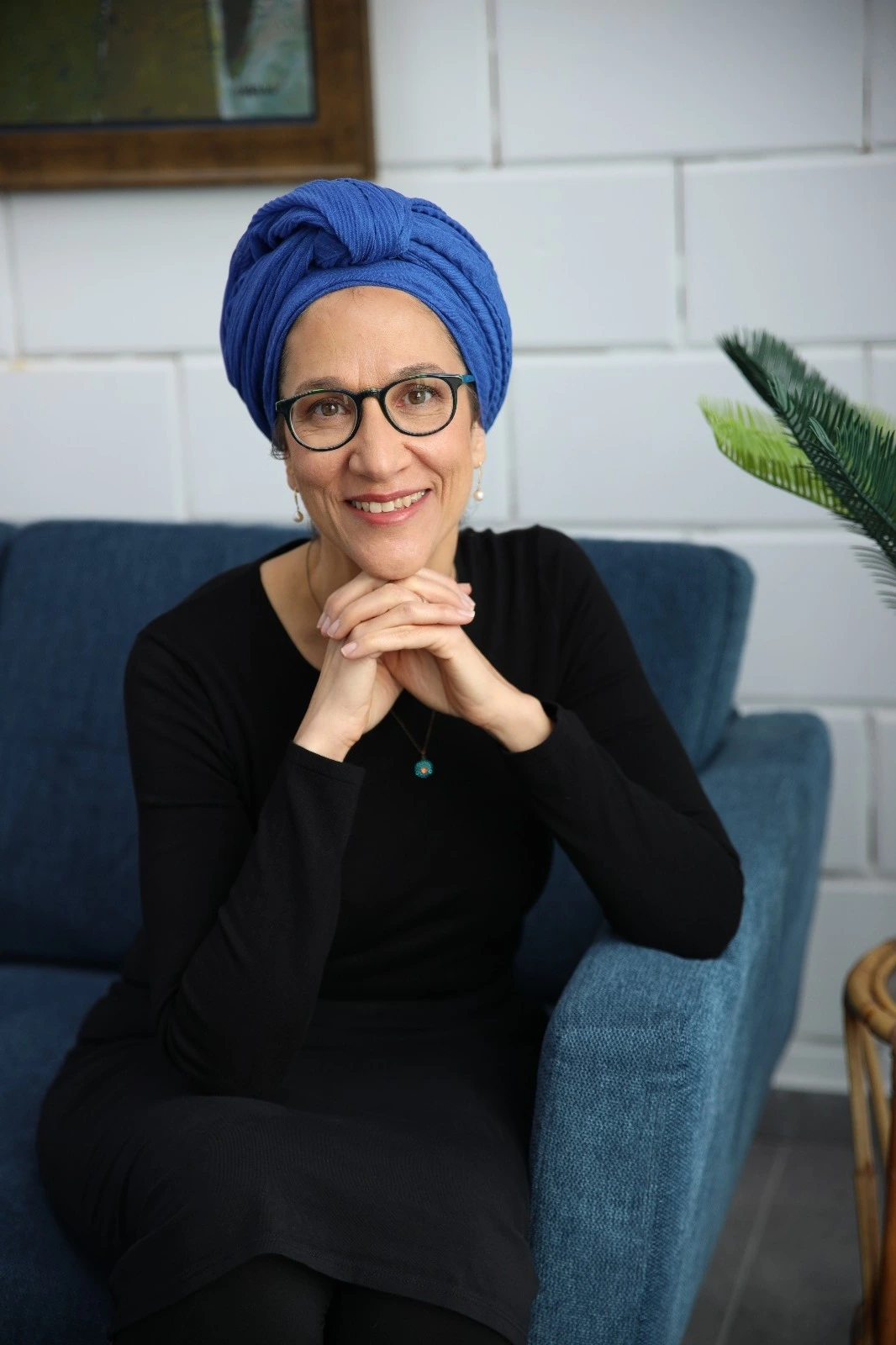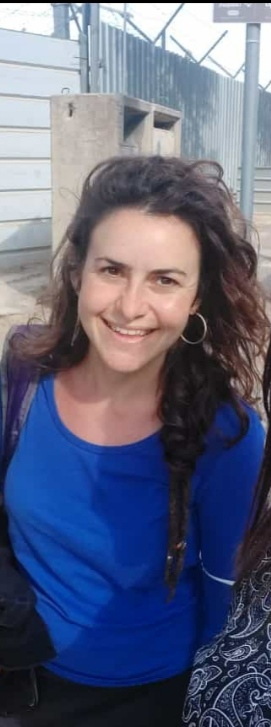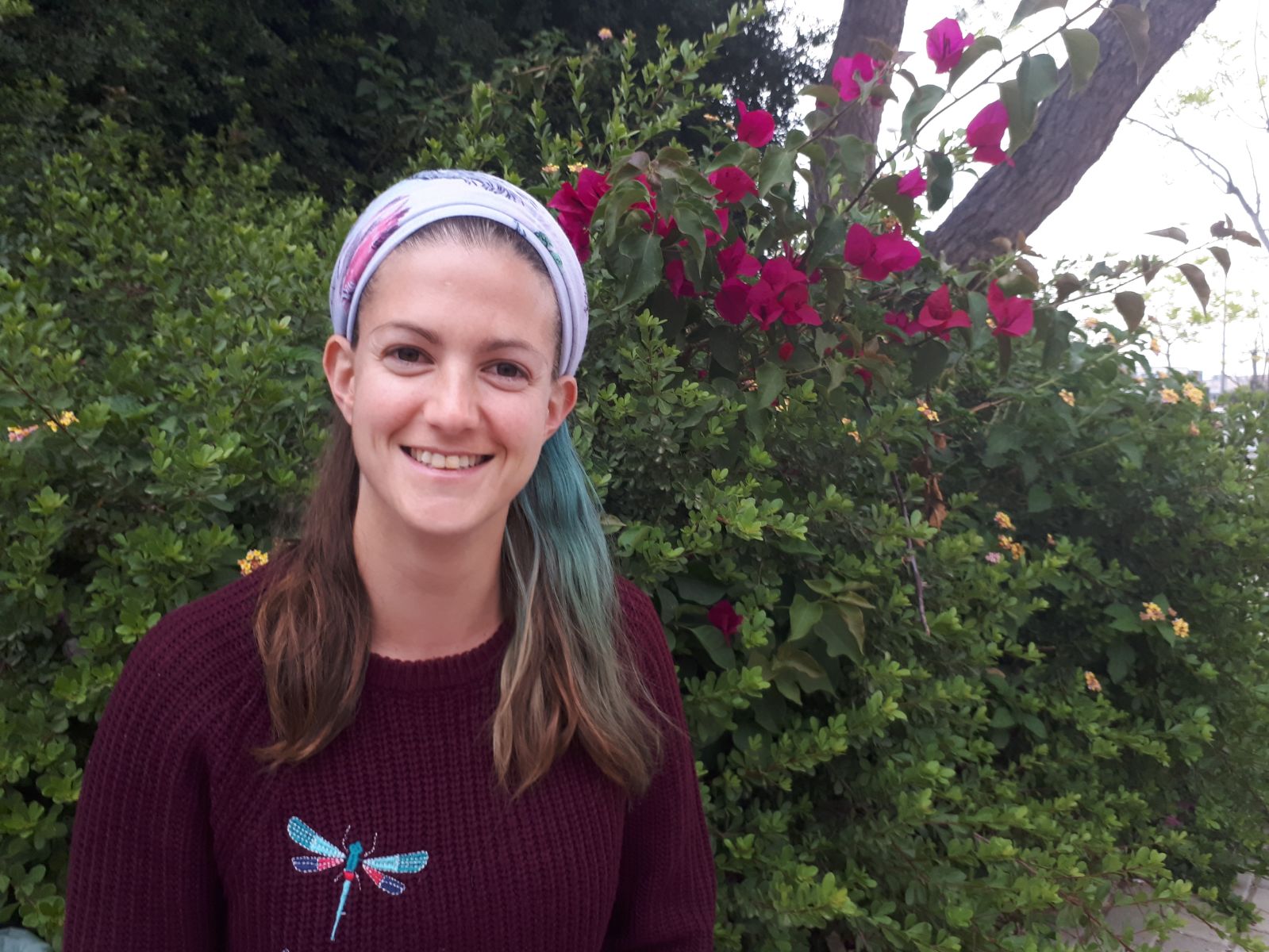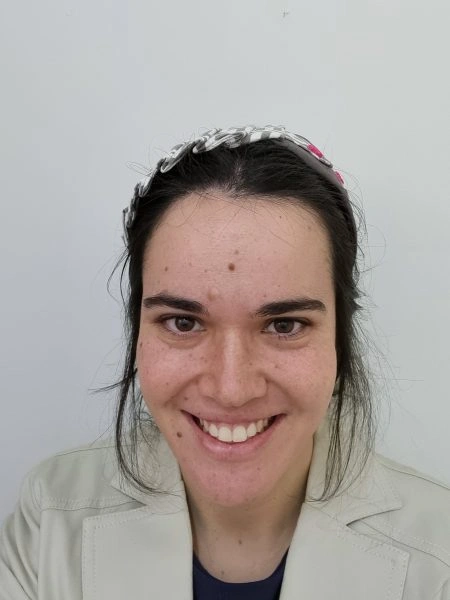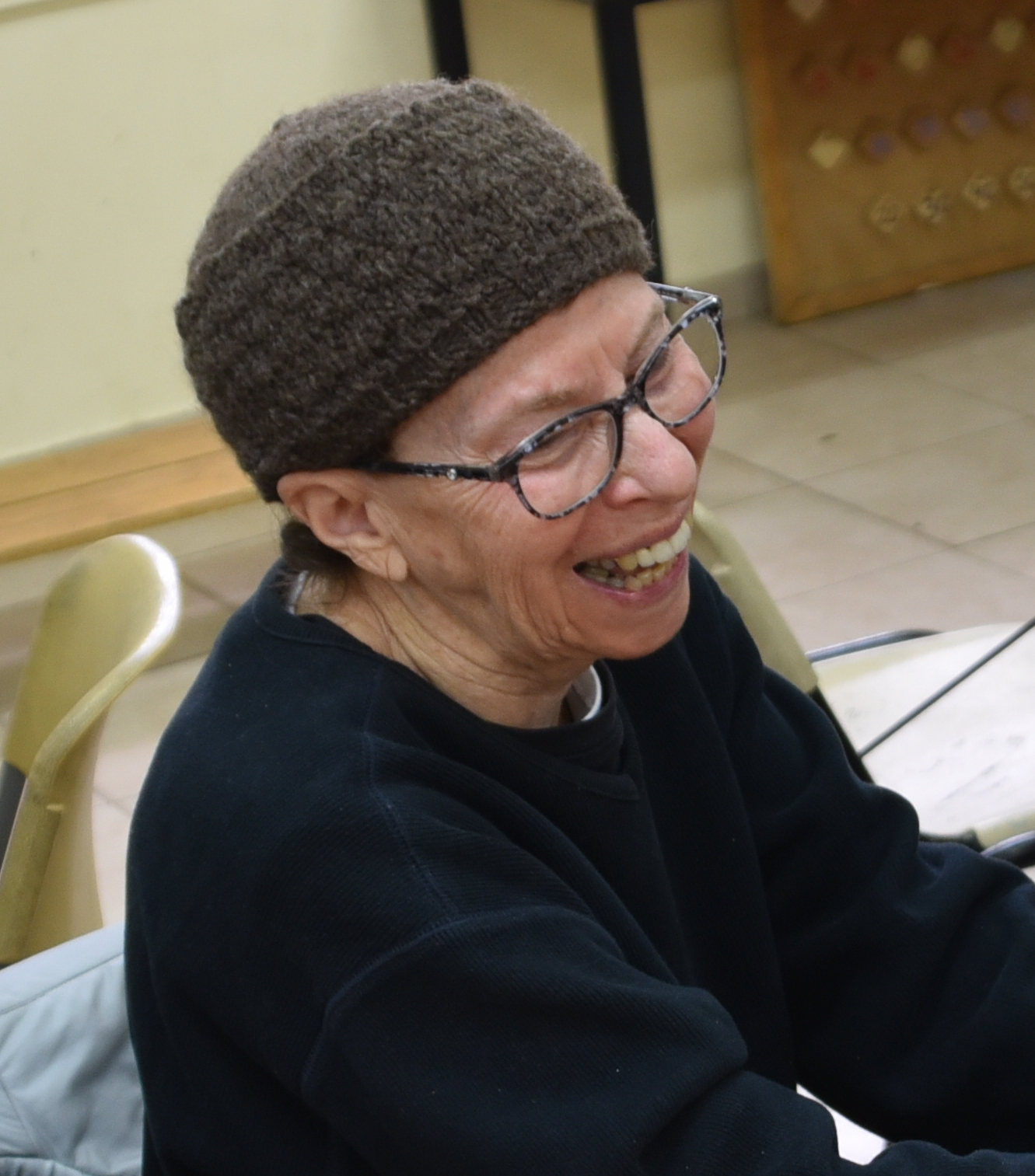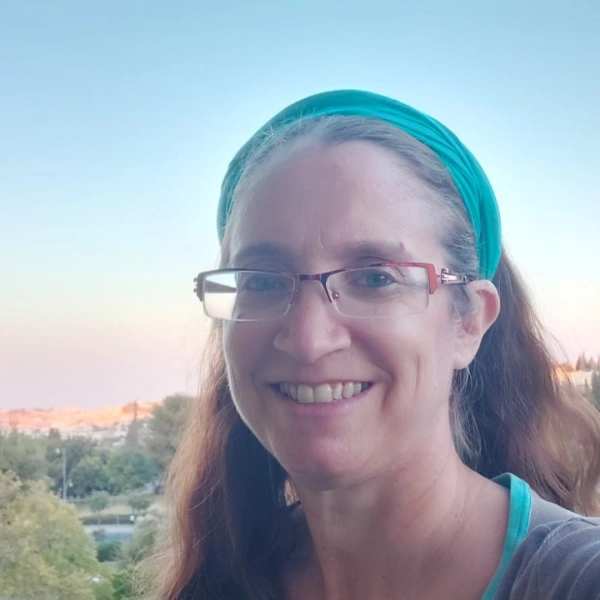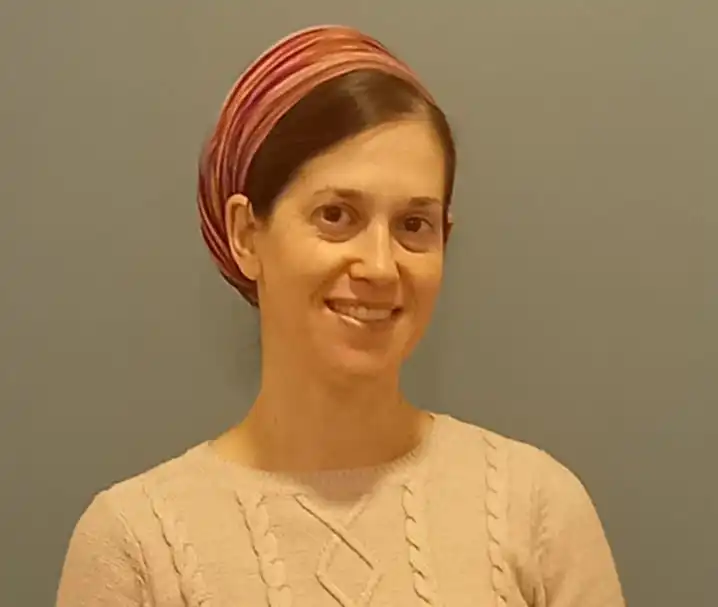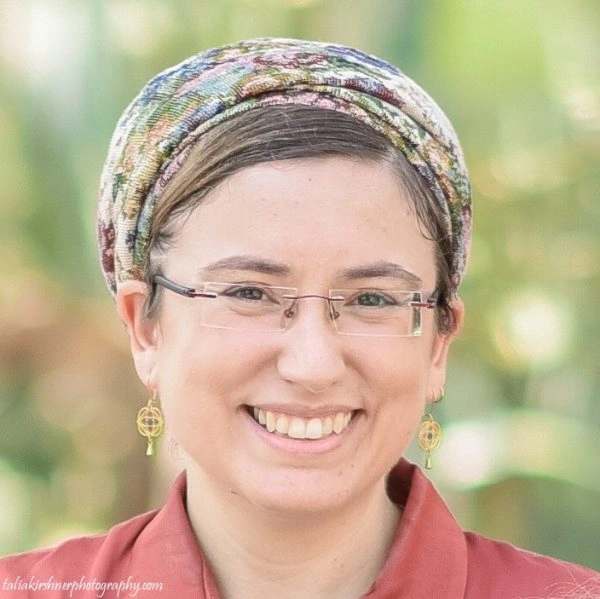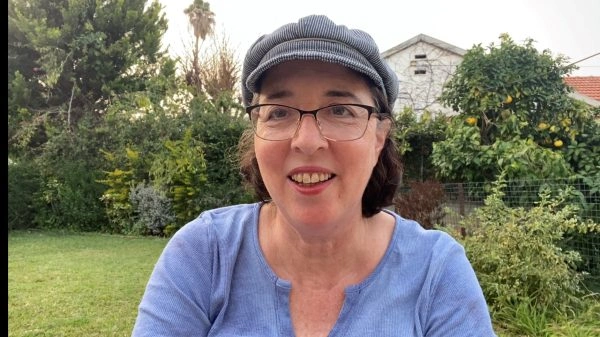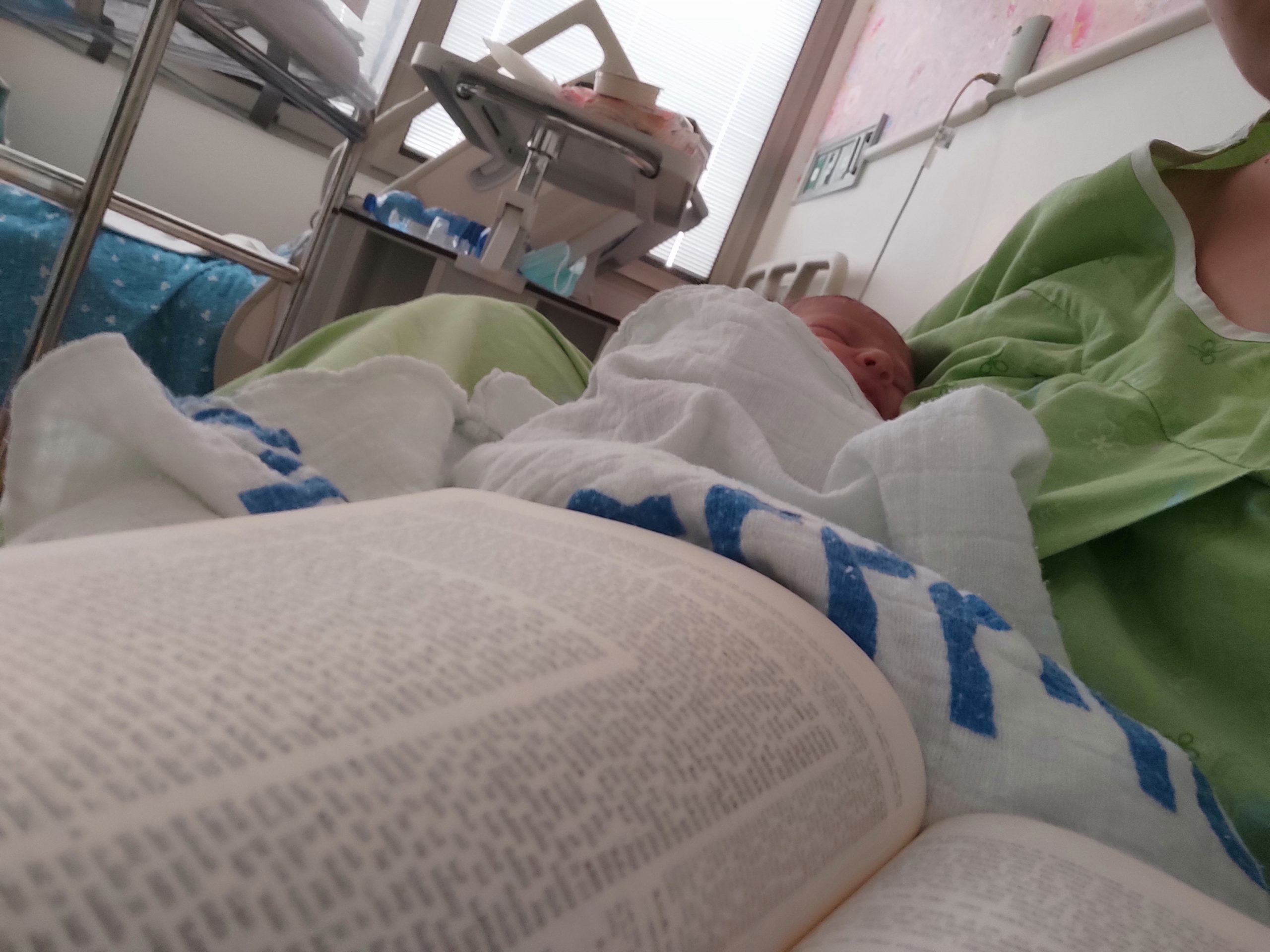שבת מו
מוּתָּר לִנְטוֹתָהּ וּמוּתָּר לְפָרְקָה בְּשַׁבָּת. אֶלָּא אָמַר אַבָּיֵי: בְּשֶׁל חוּלְיוֹת. אִי הָכִי, מַאי טַעְמָא דְּרַבִּי שִׁמְעוֹן בֶּן לָקִישׁ דְּשָׁרֵי?
it is permitted to assemble it and it is permitted to dismantle it on Shabbat. If a permanent object like that one may be assembled on Shabbat and there is no concern for the prohibition of building, all the more so it should not be considered building and dismantling in the case of a candelabrum. Rather, Abaye said: Here it is referring to a special candelabrum made of joints, removable parts, and there is concern lest it fall and break into its component parts when it is moved, and one may come to reassemble it, which would be tantamount to crafting a vessel on Shabbat. The Gemara asks: If so, if it is referring to that type of candelabrum, what is the reason for the opinion of Rabbi Shimon ben Lakish who permits moving the candelabrum?
מַאי ״חוּלְיוֹת״ — כְּעֵין חוּלְיוֹת, דְּאִית בַּהּ חִידְקֵי. הִלְכָּךְ: חוּלְיוֹת, בֵּין גְּדוֹלָה בֵּין קְטַנָּה — אֲסוּרָה לְטַלְטְלָהּ. גְּדוֹלָה נָמֵי דְּאִית בָּהּ חִידְקֵי — גְּזֵירָה אַטּוּ גְּדוֹלָה דְּחוּלְיוֹת. כִּי פְּלִיגִי בִּקְטַנָּה דְּאִית בָּהּ חִידְקֵי: מָר סָבַר גָּזְרִינַן, וּמָר סָבַר לָא גָּזְרִינַן.
The Gemara replies: It is not referring to a candelabrum that can actually be dismantled. Rather, what is the meaning of joints? Similar to joints, i.e., there are grooves in it and it appears as if it is made of different components. Therefore, in summary: With regard to a candelabrum made of actual joints, both one that is large and one that is small, it is prohibited to move it. In addition, a large candelabrum that has grooves, everyone agrees that it is prohibited to move it by rabbinic decree, which was issued due to a large candelabrum made of joints. Because it is common for a large candelabrum to be made of joints, if one saw someone carrying a large, grooved candelabrum, he would mistakenly assume that it had joints due to the similarity between them, and would mistakenly permit carrying a large candelabrum actually composed of joints. Where Rabbi Yoḥanan and Reish Lakish disagree is in the case of a small candelabrum that has grooves. This Sage, Rabbi Yoḥanan, holds that we issue a decree prohibiting moving even a small, grooved candelabrum due to a large one. And this Sage, Reish Lakish, holds that we do not issue a decree. Because a small candelabrum is not typically made of joints, everyone realizes that the grooves are strictly decorative.
וּמִי אָמַר רַבִּי יוֹחָנָן הָכִי? וְהָאָמַר רַבִּי יוֹחָנָן: הֲלָכָה כִּסְתָם מִשְׁנָה. וּתְנַן, מוּכְנִי שֶׁלָּהּ בִּזְמַן שֶׁהִיא נִשְׁמֶטֶת — אֵין חִיבּוּר לָהּ, וְאֵין נִמְדֶּדֶת עִמָּהּ, וְאֵין מַצֶּלֶת עִמָּהּ בְּאֹהֶל הַמֵּת, וְאֵין גּוֹרְרִין אוֹתָהּ בְּשַׁבָּת בִּזְמַן שֶׁיֵּשׁ עָלֶיהָ מָעוֹת.
The Gemara questions: And did Rabbi Yoḥanan actually say that the halakha is in accordance with the opinion of Rabbi Yehuda? Didn’t Rabbi Yoḥanan state the following principle: The halakha is in accordance with an unattributed mishna? And we learned in the mishna that discusses ritual impurity of a wagon with a detachable undercarriage: The wagon’s undercarriage, when it is detachable from the wagon, it is not considered connected to it and they are considered independent units as far as the halakhot of ritual impurity are concerned. And it is not measured with it. This refers to calculating the volume of forty se’a, as a vessel with a volume larger than forty se’a does not have the legal status of a vessel and cannot become ritually impure. And the undercarriage likewise does not protect together with the wagon in a tent over the corpse. A large wagon is considered a tent in and of itself, and the vessels inside the wagon do not become impure if the wagon is over a dead body. However, the undercarriage is not included with the wagon in this regard. If a hole in the wagon is sealed by the undercarriage, it is not considered to be sealed with regard to preventing ritual impurity. And, likewise, one may not pull the wagon on Shabbat when there is money upon it.
הָא אֵין עָלֶיהָ מָעוֹת — שַׁרְיָא, וְאַף עַל גַּב דַּהֲווֹ עָלֶיהָ בֵּין הַשְּׁמָשׁוֹת? אָמַר רַבִּי זֵירָא: תְּהֵא מִשְׁנָתֵינוּ שֶׁלֹּא הָיוּ עָלֶיהָ מָעוֹת כׇּל בֵּין הַשְּׁמָשׁוֹת, שֶׁלֹּא לִשְׁבּוֹר דְּבָרָיו שֶׁל רַבִּי יוֹחָנָן.
By inference: If there is not money on it, one is permitted to move the wagon even though there was money on it at twilight. An object that was set aside at twilight is set aside for the entire Shabbat. In this mishna, moving the wagon is permitted. Clearly, the unattributed mishna is in accordance with the opinion of Rabbi Shimon, who holds that there is no prohibition of set-aside. Why, then, did Rabbi Yoḥanan, who always rules in accordance with an unattributed mishna, not rule in accordance with the opinion of Rabbi Shimon? Rabbi Zeira said: Let our mishna apply only to a case in which there was no money on the wagon throughout the entire duration of twilight. This strained interpretation is accepted so as not to contradict and reject Rabbi Yoḥanan’s statement.
אָמַר רַבִּי יְהוֹשֻׁעַ בֶּן לֵוִי: פַּעַם אַחַת הָלַךְ רַבִּי לִדְיוֹסְפָרָא, וְהוֹרָה בִּמְנוֹרָה כְּרַבִּי שִׁמְעוֹן בְּנֵר. אִיבַּעְיָא לְהוּ: הוֹרָה בִּמְנוֹרָה כְּרַבִּי שִׁמְעוֹן בְּנֵר — לְהֶיתֵּרָא, אוֹ דִילְמָא: הוֹרָה בִּמְנוֹרָהּ לְאִיסּוּרָא — וּכְרַבִּי שִׁמְעוֹן בְּנֵר לְהֶיתֵּרָא. תֵּיקוּ.
Rabbi Yehoshua ben Levi said: One time, Rabbi Yehuda HaNasi went to the town of Deyosfera, and issued a ruling with regard to a candelabrum in accordance with the ruling that Rabbi Shimon made with regard to an oil lamp. This description is insufficiently clear, therefore a dilemma was raised before the Sages: Does this mean that he issued a ruling in the case of a candelabrum, like the ruling that Rabbi Shimon made in the case of an oil lamp, to permit moving it? Or, perhaps, he issued a ruling in the case of a candelabrum to prohibit moving it, and in another case he ruled in accordance with the ruling that Rabbi Shimon made in the case of an oil lamp, to permit moving it. There was no resolution found to this dilemma and therefore it stands unresolved.
רַב מַלְכִּיָּא אִיקְּלַע לְבֵי רַבִּי שִׂמְלַאי וְטַילְטֵל שְׁרָגָא, וְאִיקְּפַד רַבִּי שִׂמְלַאי. רַבִּי יוֹסֵי גָּלִילָאָה אִיקְּלַע לְאַתְרֵיהּ דְּרַבִּי יוֹסֵי בְּרַבִּי חֲנִינָא, טַילְטֵל שְׁרָגָא וְאִיקְּפַד רַבִּי יוֹסֵי בְּרַבִּי חֲנִינָא. רַבִּי אֲבָהוּ כִּי אִיקְּלַע לְאַתְרֵיהּ דְּרַבִּי יְהוֹשֻׁעַ בֶּן לֵוִי הֲוָה מְטַלְטֵל שְׁרָגָא. כִּי אִיקְּלַע לְאַתְרֵיהּ דְּרַבִּי יוֹחָנָן לָא הֲוָה מְטַלְטֵל שְׁרָגָא. מָה נַפְשָׁךְ? אִי כְּרַבִּי יְהוּדָה סְבִירָא לֵיהּ — לֶיעְבַּד כְּרַבִּי יְהוּדָה. אִי כְּרַבִּי שִׁמְעוֹן סְבִירָא לֵיהּ — לֶיעְבַּד כְּרַבִּי שִׁמְעוֹן! — לְעוֹלָם כְּרַבִּי שִׁמְעוֹן סְבִירָא לֵיהּ, וּמִשּׁוּם כְּבוֹדוֹ דְרַבִּי יוֹחָנָן הוּא דְּלָא הֲוָה עָבֵיד.
It is told that Rav Malkiya happened to come to the house of Rabbi Simlai and moved an extinguished oil lamp, and Rabbi Simlai became angry, as in his opinion it is prohibited to move an oil lamp because it is set-aside. Likewise, Rabbi Yosei the Galilean happened to come to the place of Rabbi Yosei, son of Rabbi Ḥanina, and moved an oil lamp, and Rabbi Yosei, son of Rabbi Ḥanina, became angry. The Gemara also relates that Rabbi Abbahu, when he happened to come to the place of Rabbi Yehoshua ben Levi, he would move an oil lamp. However, when he happened to come to the place of Rabbi Yoḥanan, he would not move an oil lamp. The Gemara wondered: Whichever way you look at it there is a difficulty. If he holds in accordance with the opinion of Rabbi Yehuda, let him act in accordance with the opinion of Rabbi Yehuda everywhere and refrain from moving the lamp. And if he holds in accordance with the opinion of Rabbi Shimon, let him act in accordance with the opinion of Rabbi Shimon everywhere and move the oil lamp. The Gemara answers: Actually, it can be explained that Rabbi Abbahu holds in accordance with the opinion of Rabbi Shimon; however, in deference to Rabbi Yoḥanan he did not act accordingly, so as not to act contrary to his ruling in the place where he was the authority.
אָמַר רַב יְהוּדָה: שְׁרָגָא דְּמִשְׁחָא שְׁרֵי לְטַלְטוֹלַהּ, דְּנַפְטָא — אֲסִיר לְטַלְטוֹלַהּ. רַבָּה וְרַב יוֹסֵף דְּאָמְרִי תַּרְוַיְיהוּ: דְּנַפְטָא נָמֵי שְׁרֵי לְטַלְטוֹלַהּ, דְּהוֹאִיל וַחֲזֵי לְכַסּוֹת בֵּיהּ מָנָא.
With regard to the halakhot of moving lamps on Shabbat, Rav Yehuda said: With regard to an extinguished oil lamp, it is permitted to move it, whereas a naphtha lamp, it is prohibited to move it. Since the smell of naphtha is unpleasant, the lamp is used exclusively for lighting. Therefore, moving it is prohibited. Rabba and Rav Yosef both said: With regard to a naphtha lamp, too, it is permitted to move it.
רַב אַוְיָא אִיקְּלַע לְבֵי רָבָא. הֲוָה מְאִיסָן (בֵּי) כַּרְעֵיהּ בְּטִינָא. אִתֵּיב אַפּוּרְיָא קַמֵּיהּ דְּרָבָא. אִיקְּפַד רָבָא, בְּעָא לְצַעוֹרֵיהּ. אֲמַר לֵיהּ: מַאי טַעְמָא רַבָּה וְרַב יוֹסֵף דְּאָמְרִי תַּרְוַויְיהוּ שְׁרָגָא דְנַפְטָא נָמֵי שְׁרֵי לְטַלְטוֹלַהּ? אֲמַר לֵיהּ: הוֹאִיל וְחַזְיָא לְכַסּוֹיֵי בַּהּ מָנָא. אֶלָּא מֵעַתָּה, כׇּל צְרוֹרוֹת שֶׁבֶּחָצֵר מִטַּלְטְלִין, הוֹאִיל וְחַזְיִין לְכַסּוֹיֵי בְּהוּ מָנָא. אֲמַר לֵיהּ: הָא אִיכָּא תּוֹרַת כְּלִי עָלֶיהָ. הָנֵי לֵיכָּא תּוֹרַת כְּלִי עֲלֵיהֶן. מִי לָא תַּנְיָא:
The Gemara relates: Rav Avya happened to come to Rava’s house. His feet were dirty with clay and he put them on the bed before Rava. Rava became angry at him for dirtying the bed and, therefore, sought to torment him with questions that he could not answer. Rava said to him: What is the reason that Rabba and Rav Yosef both said that with regard to a naphtha lamp, too, that it is permitted to move it? Rav Avya said to him: Since it is suitable to cover a vessel with it. Rava said to him: But if that is so, all pebbles in the yard may also be carried ab initio on Shabbat, since it is suitable to cover a vessel with them. Rav Avya said to him: There is a distinction between these cases. This, the lamp, the status of a vessel applies to it and there are leniencies that apply to vessels with regard to the halakhot of set-aside. These, the pebbles, the status of a vessel does not apply to it, as they are a raw material. Carrying them is prohibited unless designated for a specific purpose before Shabbat. Was it not taught in a baraita that
הַשֵּׁירִים וְהַנְּזָמִים וְהַטַּבָּעוֹת, הֲרֵי הֵן כְּכׇל הַכֵּלִים הַנִּטָּלִים בֶּחָצֵר. וְאָמַר עוּלָּא: מַה טַּעַם? — הוֹאִיל וְאִיכָּא תּוֹרַת כְּלִי עֲלֵיהֶן. הָכָא נָמֵי הוֹאִיל וְאִיכָּא תּוֹרַת כְּלִי עֲלֵיהֶן. אָמַר רַב נַחְמָן בַּר יִצְחָק: בְּרִיךְ רַחֲמָנָא דְּלָא כַּסְּפֵיהּ רָבָא לְרַב אַוְיָא.
bracelets, nose-rings and rings, although it is prohibited to go out into the public domain wearing them on Shabbat, they are like all the vessels that may be moved in the courtyard; in the private domain, one may move them and they are not set-aside. And Ulla said: What is the reason that it is permitted to move nose-rings in the yard? It is because the status of a vessel applies to it. Apparently, vessel status is sufficient to permit moving it on Shabbat. Rav Naḥman bar Yitzḥak said: Thank God that Rava did not embarrass Rav Avya and Rav Avya managed to successfully answer Rava’s questions.
רָמֵי לֵיהּ אַבָּיֵי לְרַבָּה. תַּנְיָא: מוֹתַר הַשֶּׁמֶן שֶׁבַּנֵּר וְשֶׁבַּקְּעָרָה — אָסוּר, וְרַבִּי שִׁמְעוֹן מַתִּיר. אַלְמָא לְרַבִּי שִׁמְעוֹן לֵית לֵיהּ מוּקְצֶה. וּרְמִינְהוּ, רַבִּי שִׁמְעוֹן אוֹמֵר: כֹּל שֶׁאֵין מוּמוֹ נִיכָּר מֵעֶרֶב יוֹם טוֹב — אֵין זֶה מִן הַמּוּכָן!
Abaye raised a contradiction before Rabba citing two sources with regard to set-aside on Shabbat. It was taught in a baraita: With regard to the remaining oil that is in an oil lamp and in a bowl in which a wick was lit, it is prohibited to use it on Shabbat and Rabbi Shimon permits using it. Apparently, Rabbi Shimon is not of the opinion that there is a prohibition of set-aside. And a contradiction is raised from a parallel source, in which the Sages discussed the halakha of the firstborn of a kosher animal that developed a blemish on a Festival. The firstborn must be examined to determine whether or not that type of blemish disqualifies the animal from being sacrificed as an offering. If it is disqualified, it may be redeemed, slaughtered, and eaten as non-sacred meat on the Festival. Rabbi Shimon says: Any firstborn animal whose blemish is not perceptible before the Festival is not among the animals prepared prior to the Festival for use on the Festival, and it is prohibited to slaughter it. Apparently, an item not prepared in advance has set-aside status according to Rabbi Shimon.
הָכִי הַשְׁתָּא? הָתָם, אָדָם יוֹשֵׁב וּמְצַפֶּה אֵימָתַי תִּכְבֶּה נֵרוֹ. הָכָא, אָדָם יוֹשֵׁב וּמְצַפֶּה מָתַי יִפּוֹל בּוֹ מוּם? מֵימָר אָמַר: מִי יֵימַר דְּנָפֵיל בֵּיהּ מוּמָא, וְאִם תִּמְצֵי לוֹמַר דְּנָפֵיל בֵּיהּ מוּמָא — מִי יֵימַר דְּנָפֵיל בֵּיהּ מוּם קָבוּעַ. וְאִם תִּמְצֵי לוֹמַר דְּנָפֵל בֵּיהּ מוּם קָבוּעַ — מִי יֵימַר דְּמִזְדְּקֵק לֵיהּ חָכָם?
Rabba said to him: How can you compare these cases? There, in the case of the lamp, a person sits and anticipates when his candle will be extinguished. It is clear to him that it will be extinguished, and he can safely assume that a certain amount of oil will remain in the lamp or the bowl. Here, does a person sit and anticipate when a blemish will befall his animal? The owner of the animal says: Who says that a blemish will befall his animal? And even if you say that a blemish will befall it, who says that a permanent blemish that would enable it to be slaughtered will befall it? And even if you say that a permanent blemish will befall it, who says that a Sage will agree to engage in examining the blemish? Since there are so many uncertainties involved, if the blemish is not perceptible before the Festival, the possibility of the firstborn animal becoming available does not enter a person’s mind at all.
מֵתִיב רָמֵי בַּר חָמָא: מְפֵירִין נְדָרִים בְּשַׁבָּת, [וְנִשְׁאָלִין לִנְדָרִים שֶׁהֵן] לְצוֹרֶךְ הַשַּׁבָּת. וְאַמַּאי? — לֵימָא: מִי יֵימַר דְּמִיזְדְּקֵק לַהּ בַּעַל?
Rami bar Ḥama raised an objection to this last point from that which we learned in a mishna: One may nullify vows on Shabbat. A woman who vowed that certain food is prohibited to her, her husband can nullify her vow on Shabbat. And likewise one may request that a Sage find an opening to dissolve his vows, i.e., a factor that the one taking the vow failed to take into account or an element of regret, if that nullification or dissolution is for the purpose of Shabbat. The question arises: And why, after a man has nullified his wife’s vow, should she be permitted to eat that food? When the woman vowed not to eat that food, she consciously set it aside. Even if some way to dissolve the vow is found, the food should remain set-aside. On the basis of the same uncertainty that was raised above, say: Who says that her husband will agree to engage in nullifying her oath? Perhaps he will refuse to nullify it.
הָתָם כִּדְרַב פִּנְחָס מִשְּׁמֵיהּ דְּרָבָא. דְּאָמַר רַב פִּנְחָס מִשְּׁמֵיהּ דְּרָבָא: כׇּל הַנּוֹדֶרֶת — עַל דַּעַת בַּעְלָהּ הִיא נוֹדֶרֶת.
The Gemara answers: There, in the case of vows, it can be explained in accordance with that which Rav Pineḥas said in the name of Rava, who came to explain some of the fundamentals of the halakhot of vows, as Rav Pineḥas said in the name of Rava: Every woman who takes a vow, it is from the outset contingent on her husband’s consent that she takes the vow. Since she knows that her husband has the ability to nullify it, her vows are not absolute and their final validation comes only through her husband’s agreement. When a woman vows, she does not set aside the food absolutely from potential use.
תָּא שְׁמַע: נִשְׁאָלִין לִנְדָרִים שֶׁל צוֹרֶךְ הַשַּׁבָּת בְּשַׁבָּת. וְאַמַּאי? לֵימָא: מִי יֵימַר דְּמִזְדְּקֵק לֵיהּ חָכָם? — הָתָם — אִי לָא מִיזְדְּקֵק לֵיהּ חָכָם סַגְיָא לֵיהּ בִּשְׁלֹשָׁה הֶדְיוֹטוֹת. הָכָא — מִי יֵימַר דְּמִיזְדְּקֵק לֵיהּ חָכָם.
Moreover, the Gemara cites proof for this from that which was taught: Come and hear: One may request that a Sage dissolve his vows for the purpose of Shabbat on Shabbat, i.e., one who vowed on Shabbat that eating on that day is prohibited for him. And why is he permitted to eat something that was prohibited to him by his vow? Say again: Who says that the Sage will agree to engage in dissolution of his vow? Consequently, one has certainly diverted his attention from the food, set it aside, and it should be prohibited to eat it. The Gemara answers: Nevertheless, there is a difference, as there, in the halakhot of vows, even if the Sage does not agree to engage in dissolution of his vow, he can suffice with renouncing the vow before three common people. Even though it is preferable to have a Sage dissolve his vow, in exigent circumstances one may turn to a court of three common people to dissolve it. He will certainly find a way to dissolve his vow. However, here, in the case of the firstborn animal, who says that the Sage will agree to engage in examination of the blemish? In the halakhot of firstborn animals only an ordained Sage, who received special license to do so, is authorized to verify that it is a permanent blemish and permit redemption and slaughter of the animal as a non-sacred animal.
רָמֵי לֵיהּ אַבָּיֵי לְרַב יוֹסֵף: מִי אָמַר רַבִּי שִׁמְעוֹן כָּבְתָה מוּתָּר לְטַלְטְלָהּ. כָּבְתָה — אִין, לֹא כָּבְתָה — לָא. מַאי טַעְמָא? — דִילְמָא בַּהֲדֵי דְּנָקֵיט לַהּ כָּבְיָא? הָא שָׁמְעִינַן לֵיהּ לְרַבִּי שִׁמְעוֹן דְּאָמַר דָּבָר שֶׁאֵין מִתְכַּוֵּין — מוּתָּר. דְּתַנְיָא רַבִּי שִׁמְעוֹן אוֹמֵר: גּוֹרֵר אָדָם כִּסֵּא מִטָּה וְסַפְסָל, וּבִלְבַד שֶׁלֹּא יִתְכַּוֵּין לַעֲשׂוֹת חָרִיץ!
Abaye raised a contradiction before Rav Yosef: Did Rabbi Shimon actually say that when a lamp is extinguished, it is permitted to move it on Shabbat? By inference: After it is extinguished, yes, moving it is permitted; so long as it is not extinguished, no, moving it is prohibited. What is the reason that it is prohibited to move a burning candle? It is due to concern that perhaps, as he moves the lamp, the flame will be extinguished. However, is Rabbi Shimon really concerned that a flame will be extinguished under those circumstances? Didn’t we learn that Rabbi Shimon stated a principle: An unintentional act, a permitted action from which an unintended prohibited labor ensues on Shabbat, since he did not intend to perform the prohibited action, is permitted? As it was taught in a baraita, Rabbi Shimon says: A person may drag a bed, chair, and bench on the ground, as long as he does not intend to make a furrow in the ground. Even if a furrow is formed inadvertently, one need not be concerned. Since that was not his intention, there is no prohibition according to Rabbi Shimon. Consequently, according to Rabbi Shimon there should be no prohibition in moving a burning candle, even though it may be extinguished. Since that is not the intention of the one moving it, no prohibition would be violated.
כׇּל הֵיכָא דְּכִי מִיכַּוֵין אִיכָּא אִיסּוּרָא דְאוֹרָיְיתָא, כִּי לָא מִיכַּוֵין — גָּזַר רַבִּי שִׁמְעוֹן מִדְּרַבָּנַן. כׇּל הֵיכָא דְּכִי מִיכַּוֵין אִיכָּא אִיסּוּרָא דְרַבָּנַן — כִּי לָא מִיכַּוֵין שָׁרֵי רַבִּי שִׁמְעוֹן לְכַתְּחִילָּה.
The Gemara answers that there is a distinction between the cases: In every case where if he intends to perform the action, there is a prohibition by Torah law, e.g., extinguishing a candle; even when he does not intend to do so, Rabbi Shimon issued a decree prohibiting it by rabbinic law. However, in every case where even if he intends to perform the action, there is merely a prohibition by rabbinic law, e.g., digging a furrow which is not a full-fledged act of plowing that is prohibited by Torah law, but is prohibited only by rabbinic law, when he does not intend to perform the action, Rabbi Shimon even permits performing this action ab initio.
מֵתִיב רָבָא: מוֹכְרֵי כְסוּת מוֹכְרִין כְּדַרְכָּן, וּבִלְבַד שֶׁלֹּא יִתְכַּוֵּין בַּחַמָּה מִפְּנֵי הַחַמָּה וּבַגְּשָׁמִים מִפְּנֵי הַגְּשָׁמִים, וְהַצְּנוּעִין מַפְשִׁילִין בְּמַקֵּל לַאֲחוֹרֵיהֶן. וְהָא הָכָא, דְּכִי מִיכַּוֵין — אִיסּוּרָא דְאוֹרָיְיתָא אִיכָּא, כִּי לָא מִיכַּוֵין — שָׁרֵי רַבִּי שִׁמְעוֹן לְכַתְּחִילָּה!
Rava raised an objection to this distinction from that which we learned in a mishna: Clothing merchants who sell garments made of diverse kinds, a prohibited mixture of wool and linen, may sell them as they normally would to gentiles. A merchant may place the garments he is selling on his shoulders and need not be concerned about the prohibition against wearing diverse kinds, as long as the merchant does not intend to benefit from the garments in the sun as protection from the sun, or in the rain as protection from the rain. However, the modest people, those who are particularly meticulous in their performance of mitzvot, would suspend the wool and linen garments on a stick behind them. And here, isn’t it a case where if one intends to wear the clothing, there is a prohibition by Torah law, and even so when he does not intend to wear it, Rabbi Shimon permits it ab initio. Apparently, Rabbi Shimon does not distinguish between cases on that basis.
אֶלָּא אָמַר רָבָא:
Rather, Rava said a different explanation for Rabbi Shimon’s prohibition in the case of an oil lamp:




